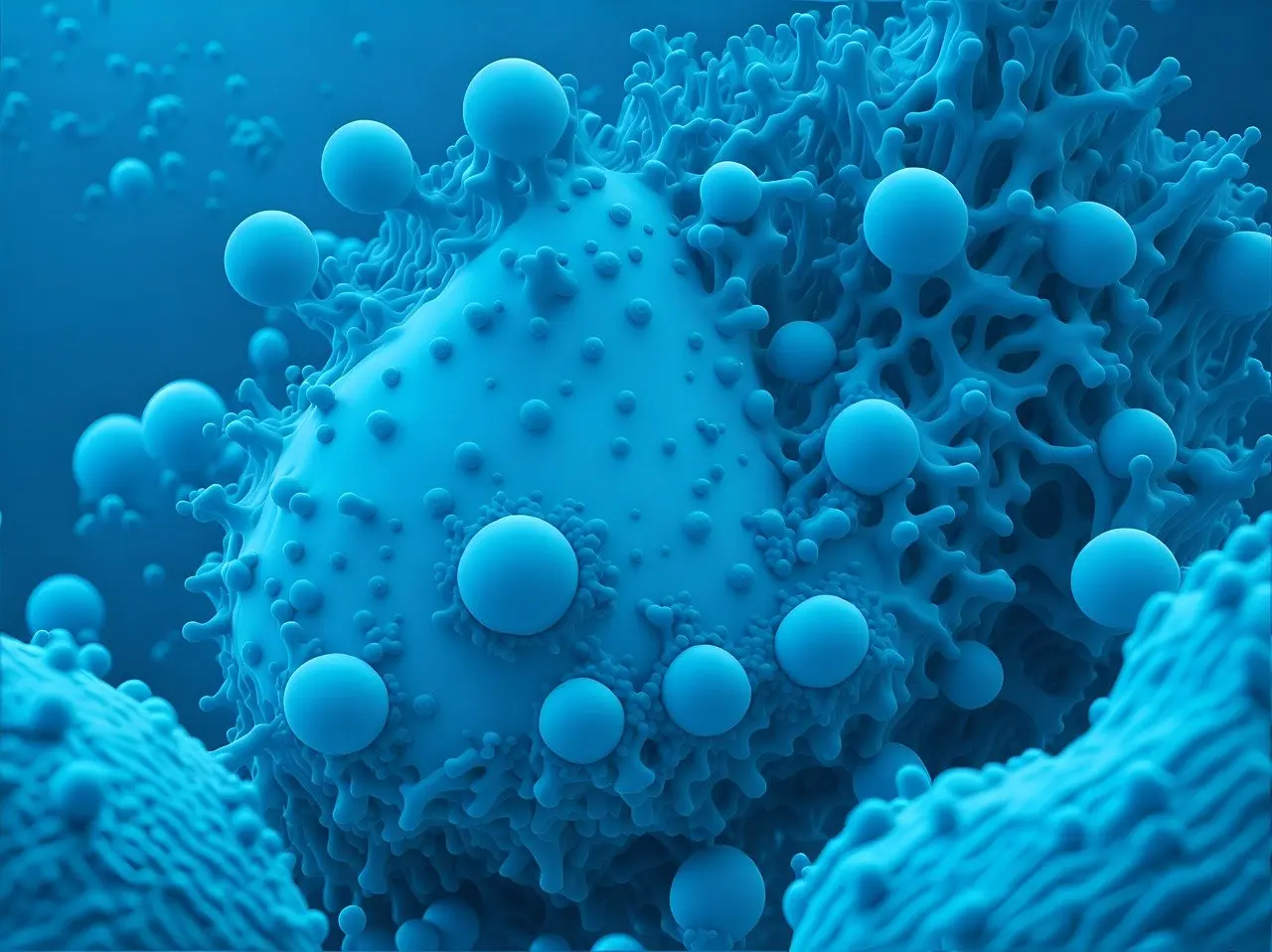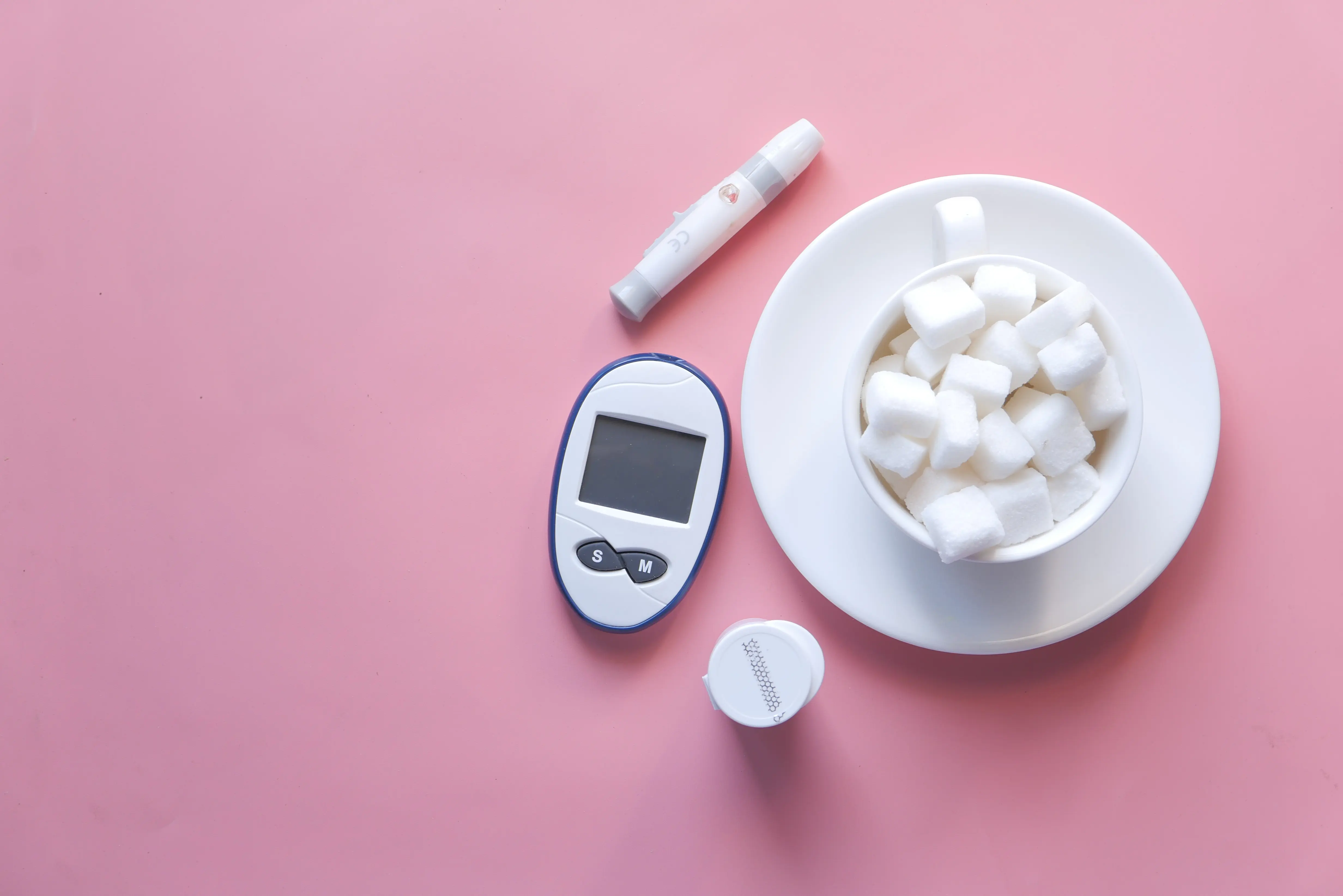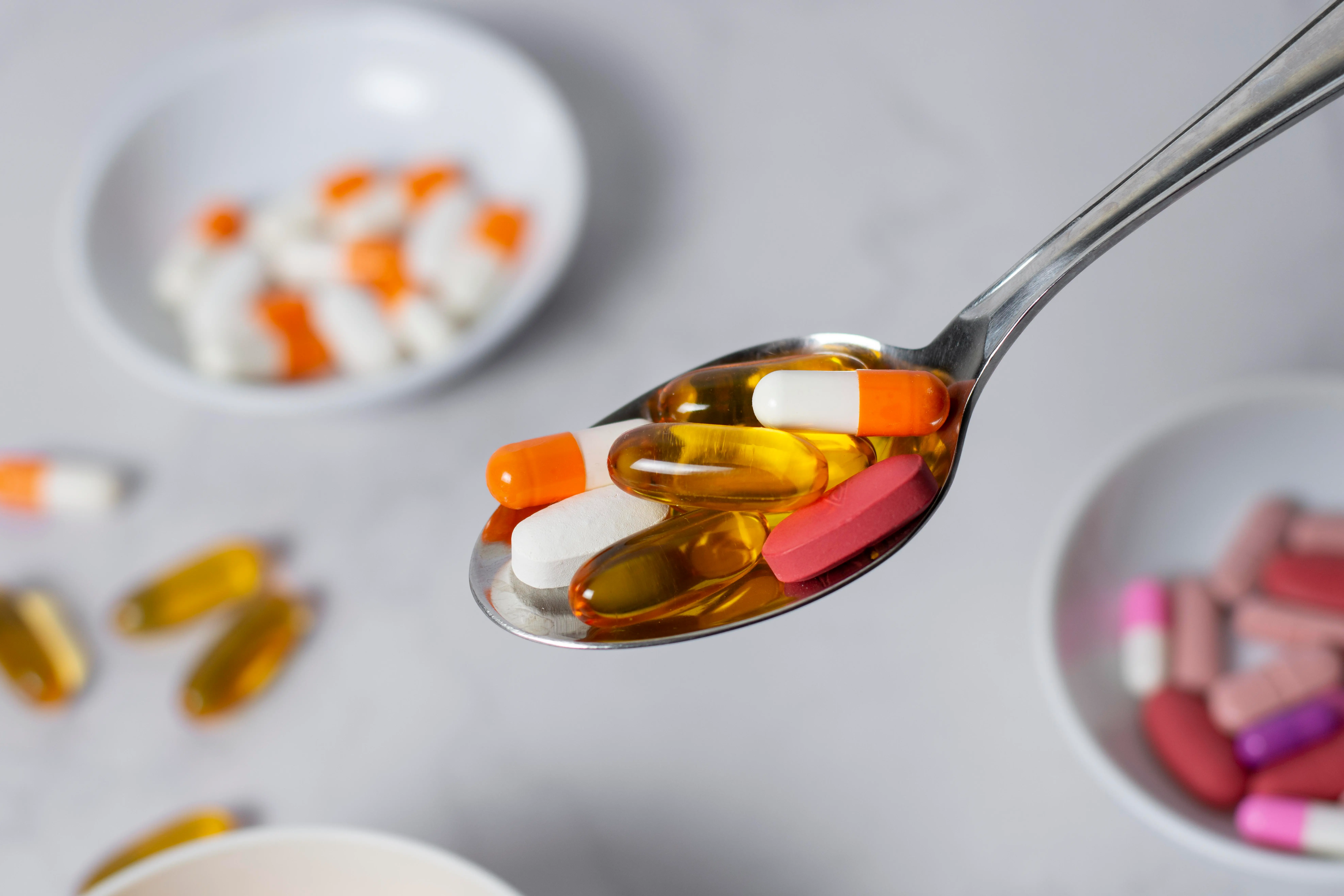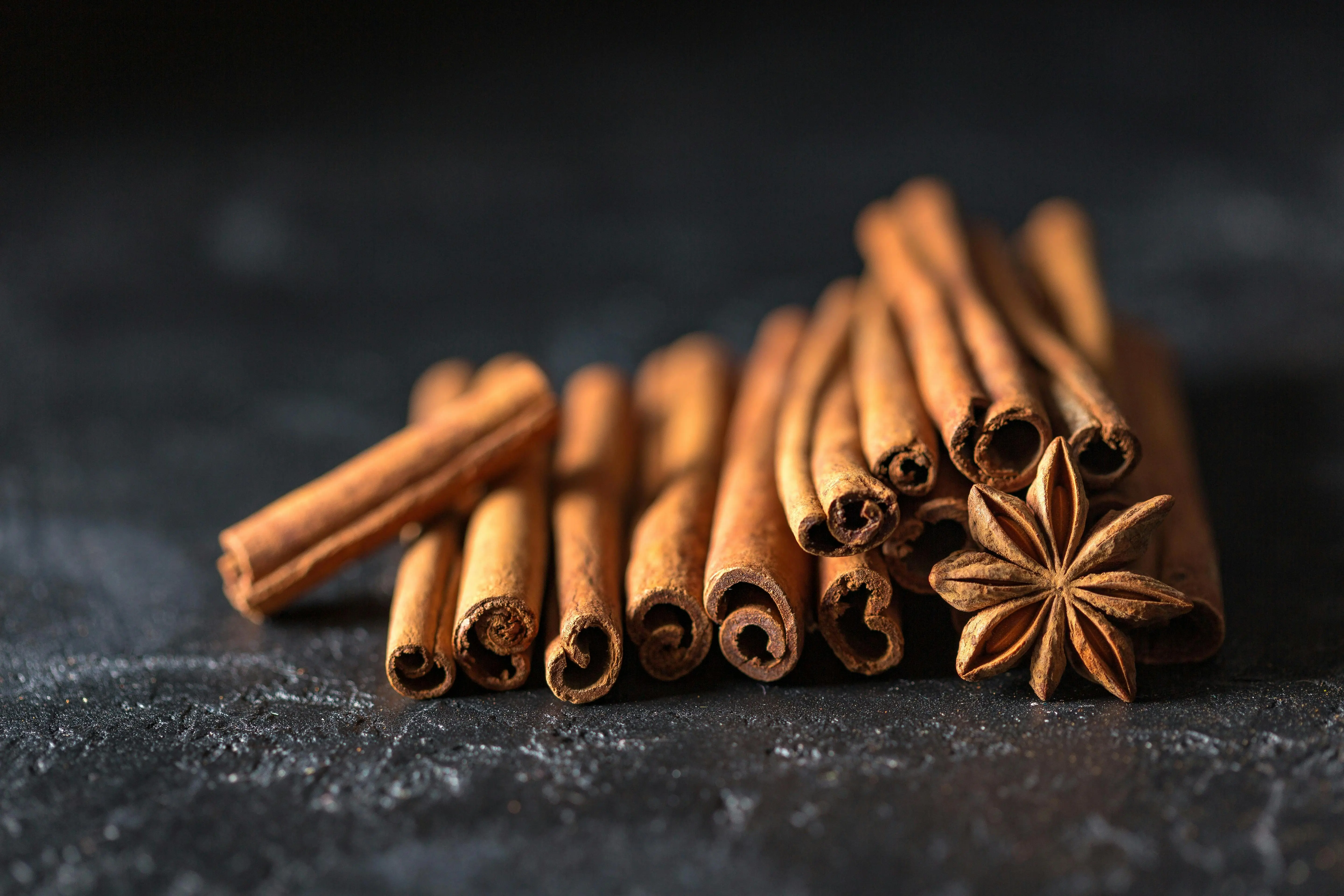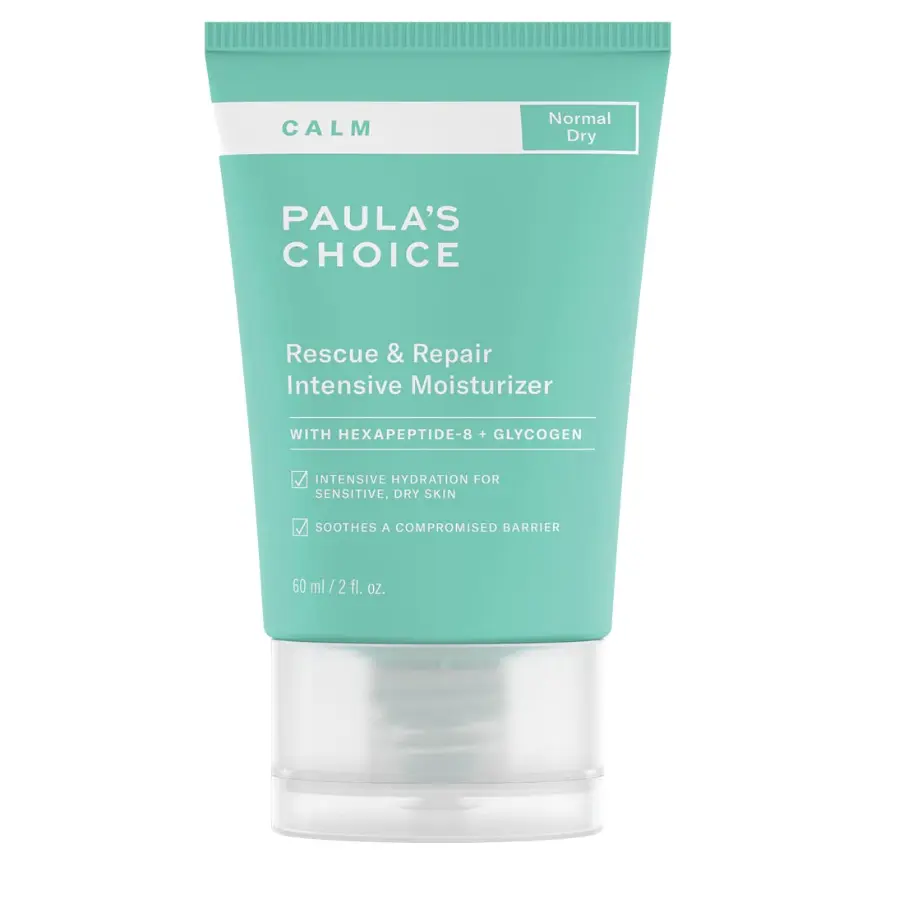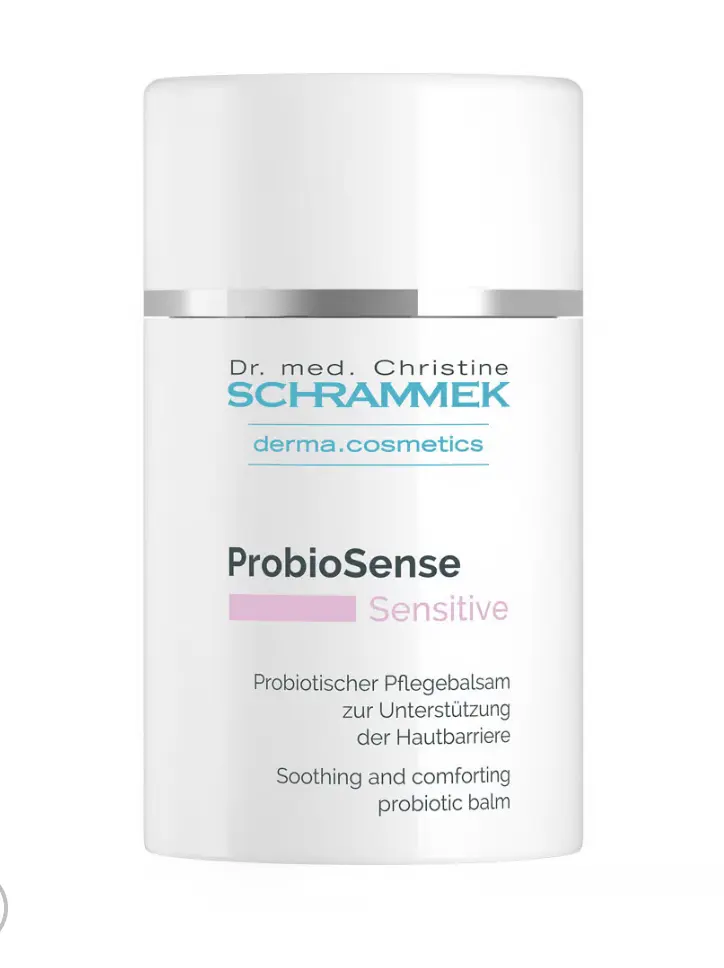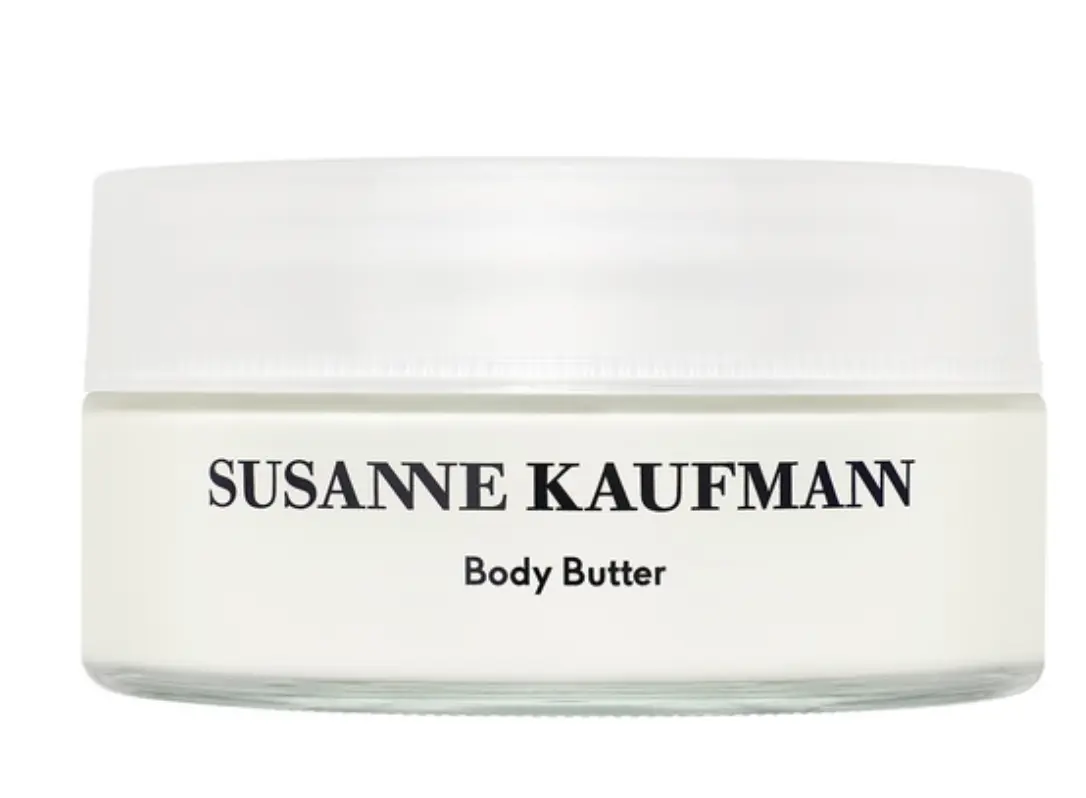Each of us shares our life with various companions - friends, family, and colleagues. Some have more, some have less. However, what unites us all is the multitude of cohabitants actively participating in our lives. A proud 38 trillion microorganisms - consisting of bacteria , viruses and fungi – live in and on us. This permanent companion, known as the microbiome, ensures that we stay healthy.
Microbiome – what is that?
The microbiome of every human being is as individual as their fingerprint. It only develops after birth. "Initially, the microbiome is dominated by bifidobacteria, only when solid food is gradually introduced does it begin to develop towards the adult type," explains Dr. Sabine Gütt, cosmetologist and expert in product development at Reviderm.
Within 30 months, every person has their very own mix of microorganisms, which primarily inhabit the skin and the gut . Especially on the skin, this ecosystem plays a decisive role, as it forms the body's first line of defense.
Microbiome of the skin
Here, the microbiome helps strengthen the skin barrier and ward off pathogens. It also regulates the immune system and ensures that the pH value of the skin remains in a healthy, slightly acidic environment. For most people, the microbiome is quite balanced, but external and internal factors like UV rays, environmental toxins, Nutrition , medication or incorrect care products can quickly upset it.
The consequence: an imbalanced skin microbiome allows too many bad bacteria to multiply, making it permeable to pathogens. This can be seen through dry patches, loss of elasticity, increased wrinkle formation, or visible inflammations. The right care can act as a regulator here.
How can the microbiome be strengthened?
Products with probiotics and prebiotics are particularly skin-friendly. Probiotic cosmetic products are directly infused with 'healthy' bacteria, such as fermented lactic acid bacteria. These products are designed to keep the microbiome intact or restore its balance.
On the other hand, prebiotic products contain ingredients that offer a food source for good microorganisms. Fermented tropical fruits, black or green tea are often used here. The fermentation process not only creates health-promoting substances such as vitamins, amino acids, or polysaccharides, but also breaks down active substances into tiny molecules that can be better absorbed by the skin.
